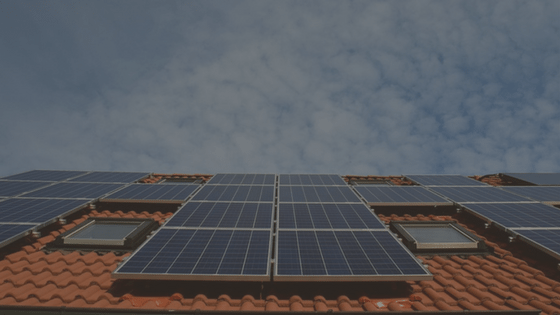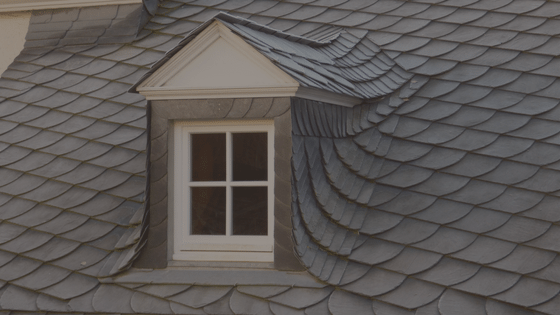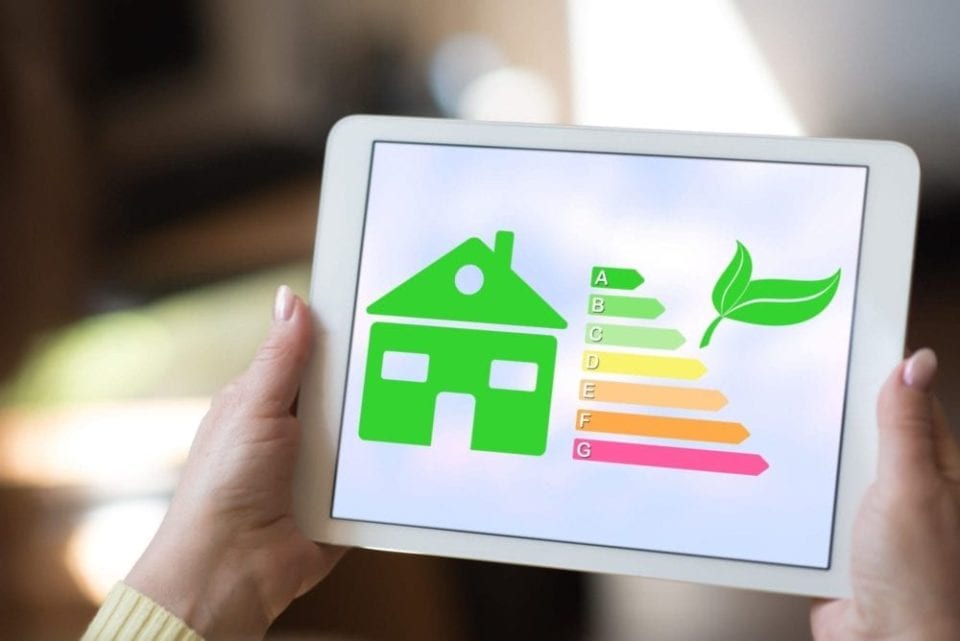Does your roof have Gloeocapsca Magma on it? That’s actually a scientific name for the dark streaks you might see growing on your roof. Gloeocapsca Magama is an alga that thrives on moisture and damages shingles. Although you might assume this is a problem for homes with older roofs, it can occur on any roof, in any climate. Not only does roof algae alter your home’s curb appeal and turn away prospective buyers, it can lead to costly repairs if not treated.
Gloeocapsca Magma arrives on your roof as either spores or clumps of cells. If they are on the side of your roof that doesn’t get much sun, the algae will have a good environment to multiply and spread down the slope of the roof. Since the algae feeds on the limestone in asphalt shingles, over time, it will weaken them.
To protect itself from the sun, algae cells produce a dark pigment that acts as a sunscreen. As this pigment accumulates on the shingles, the roof becomes less reflective and absorbs more sunlight, resulting in heat in your home and higher cooling costs. Unfortunately, roof algae are the first wave in a succession of living things that can erode a roof. Eventually, the algae can team up with a fungus to form lichen, moss, and even grass. Although this process can take years, if left untreated, a new roof will be necessary.
A low-pressure application of sodium hypochlorite, soap, and water can clean a roof infected with Gloeocapsca Magma and restore the shingles to their previous condition. During the cleaning process Outback GutterVac technicians take special care to protect your home and plants. Learn more from your Outback Guttervac cleaning experts if you suspect a problem.












